• What is TAU?
TAU stands for Tel Aviv University, Israel, however, to AGENT, contributes mainly the Institute for Cereal Crops Improvement (ICCI), which is part of its Faculty of Life Sciences. It was established in 1974 and holds the Lieberman gene bank of cereal crops wild relatives, which have been collected throughout Israel. Plants in this germplasm contain many beneficial traits, such as biotic and abiotic stress resistance, as well as yield and quality. Currently, we have seeds of over 17,000 single-plant accessions of 20 species, including a large population of wild wheat (Triticum dicoccoides) and Aegilops species, which are ancestors of modern wheat. Several disease-resistance genes have been transferred over the years to cereal crops, including wheat, barley, and oat. In the past two years, we have also constructed a wheat editing and transformation center, which is now fully operative.
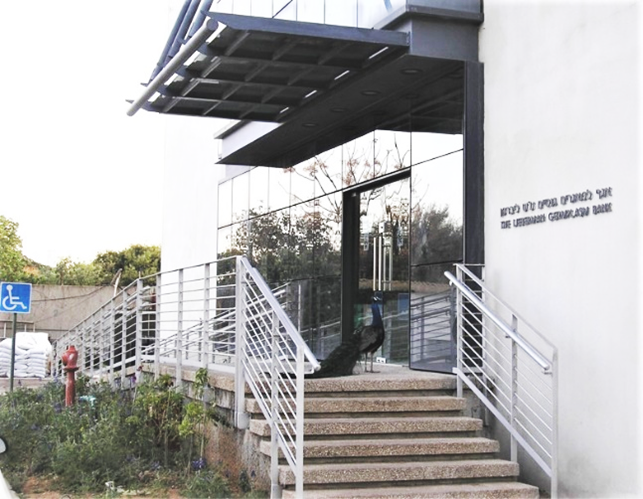
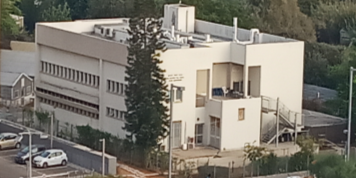
The ICCI building at Tel Aviv University
• What is the role of your institution in AGENT?
The ICCI contributes germplasm of wild wheat and wild barley:
- A collection of 500 Wild emmer wheat (Triticum turgidum subsp. dicoccoides) and 500 wild barley (Hordeum spontaneum) accessions, which will be genotyped and phenotyped.
- The ICCI's phytopathologists will evaluate stripe rust resistance in the wild emmer selection, in the greenhouse, and in the field.
- 100 new single-plant accessions, each of wild wheat and wild barley, will be collected from an in-situ conservation site and multiplied.
- Historical data of rust resistance will be prepared and be available to breeders and researchers.
• What do you hope we will achieve with AGENT?
We expect that our work will contribute new genetic sources for breeders and researchers from all over the world. We also expect to establish and strengthen our relationships with partners in other gene banks and institutes.
• Please introduce yourself.
My name is Moshe Ronen. I am the curator of the Harold and Adele Lieberman Germplasm Bank. I have an M.Sc. from Bar Ilan University in the field of Net Blotch disease in barley. We have a team with extensive experience in the preservation and maintenance of our germplasm collection, as well as in plant pathology and cereal diseases.
• What is your role in AGENT?
I am the main researcher. Prof. Amir Sharon is the PI and several research assistants are working temporarily on the project according to our needs. I’m designing the precision collection field experiments and the actual fieldwork. At the end of each year, I am also responsible for the summary and statistical analysis of the results.
• What are your research interests (within and outside of AGENT)?
I am mainly focusing on revealing resistance genes (to stripe rust, stem rust and leaf rust) from crop wild relatives and transferring them into bread wheat, using well-suited panels with high-resolution NGS and the state of the art of gene editing.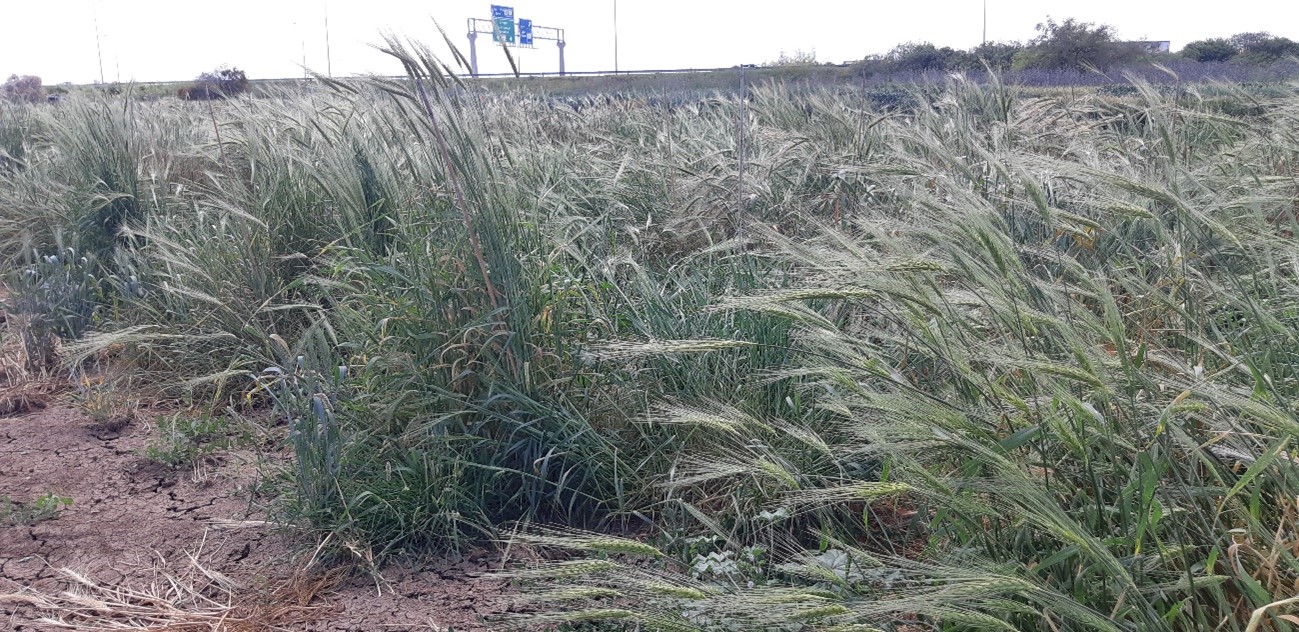
Wild wheat plots demonstrating extreme phenotypic variation can be observed
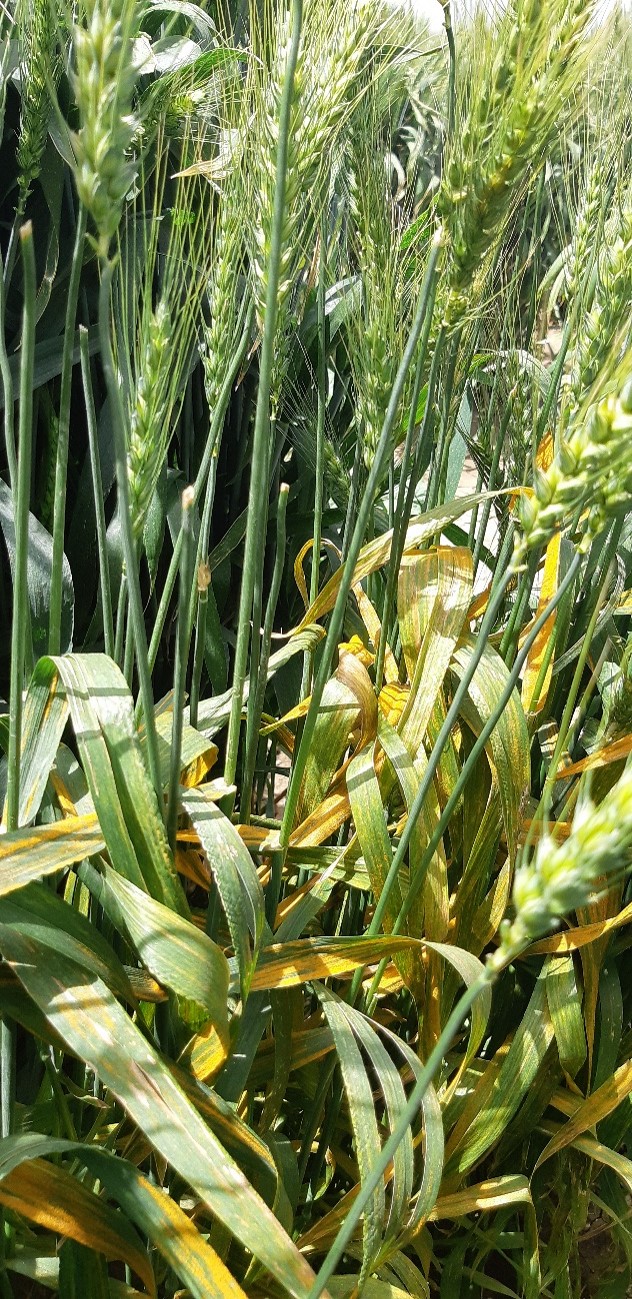
Stripe rust on cultivated wheat
• What does a typical workday look like for you and what’s the most exciting or rewarding part of your job?
My typical day involves work in the greenhouse and in the field, as well as a desk job. I really enjoy it when wide-scale experiments go well and produce valuable data, which, I believe will be the case in AGENT.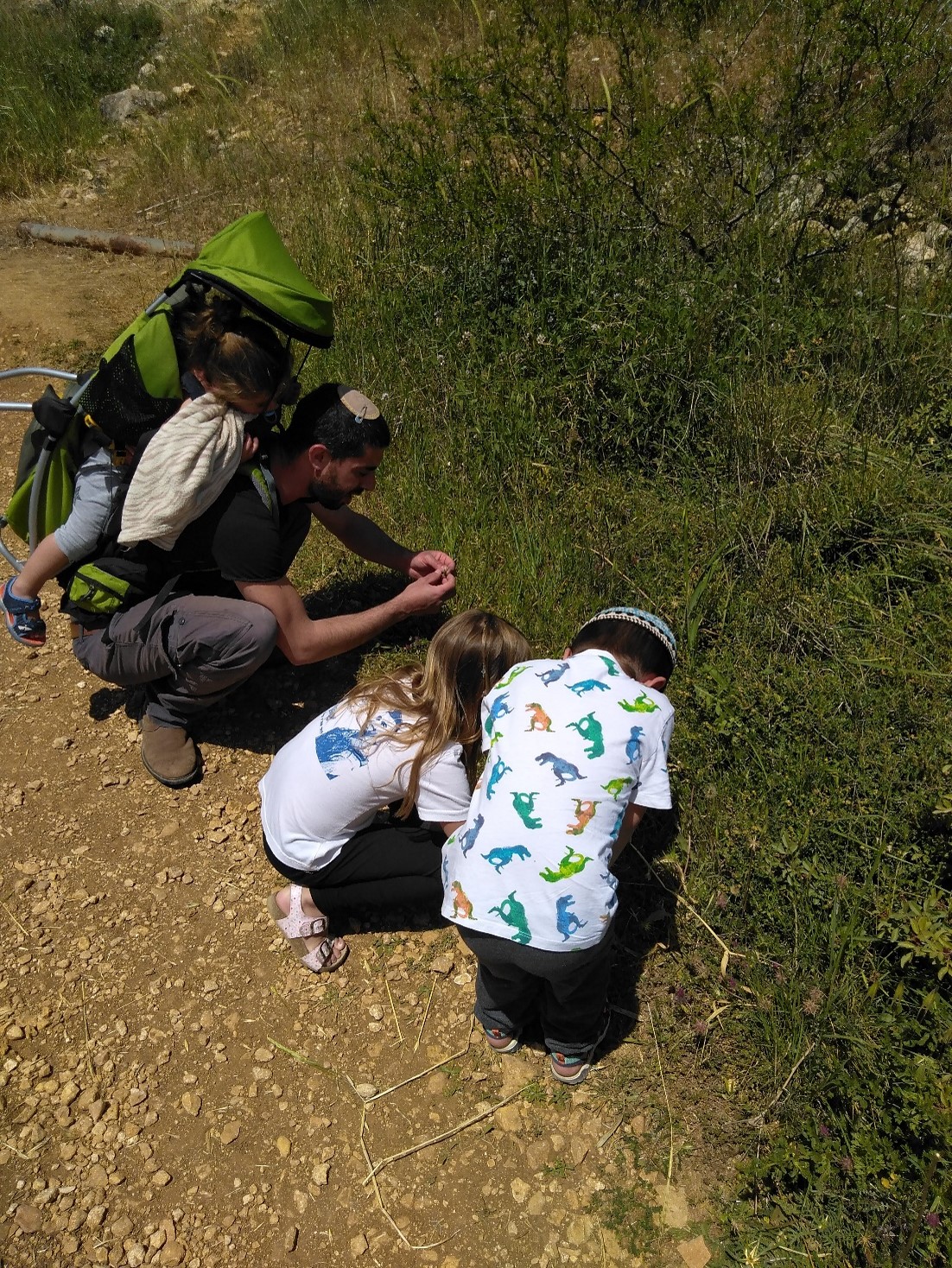
Moshe Ronen with his family in search of wild plants